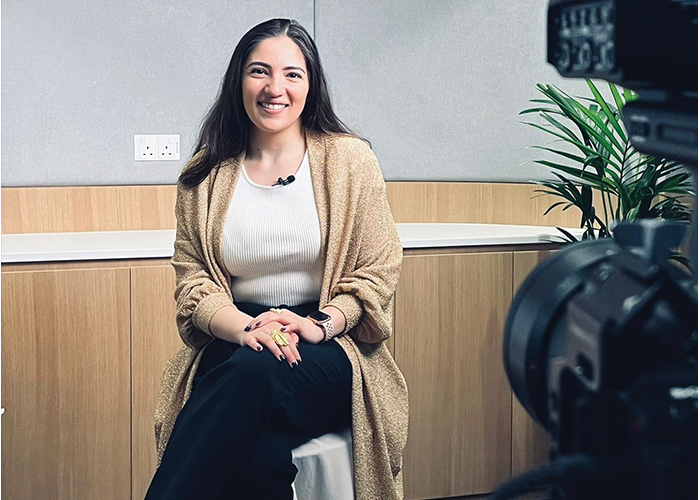
We live in a well-connected, digital world, and here in the Middle East we enjoy a highly diversified culture that is home to literally hundreds of nationalities. The region, especially the UAE, represents a truly global society – a melting pot – that is continuously evolving and celebrates a culture of innovation and growth for its residents, citizens and expats alike. As an example, Dubai has one of the youngest demographics in comparison with other global cities; a huge concentration of millennials and Gen Z-ers who are not only very familiar with but also highly responsive to experiential marketing. Businesses large and small have caught onto this in recent years, as well as the increasing need for public relations.
Do you want to know where the future of technology in advertising is heading? Or how to incorporate AI into marketing? Do you want to network with industry professionals in the fields of technology and AI? Then join us for our Campaign Breakfast Briefing: Tech and AI 2022. Click here to learn more and register.
But experiential marketing is merely a component in brands’ 360-degree communications strategies, which must also comprise public relations, social media strategy and corporate communications, among other elements. In essence, no communications channel can afford to stand independently now, so companies like MG must employ this broad approach when planning and activating major brand and product campaigns. The results speak for themselves; having that all-encompassing communications approach in our strategy and planning creates a ripple effect that affects multiple areas such as consumers, content and public image. I builds and reinforces our brand.
The main objective of an experiential campaign is to form a solid and emotional bond between the brand and the target audience. A well-thought-out one will reward the brand with customer loyalty and encourage new ones as it triggers the desire to purchase, by providing a memorable, personal and relatable experience. Through that, a brand will undoubtedly strengthen its presence in the market. Add public relations to the mix, with storytelling at the forefront, and you’ll package and showcase it all perfectly.
Sure, you can create a memorable experience for your target audience, but as people enjoy different tastes, several questions must be asked, aside from the most important one, does it fit with your brand? Questions like: How do you want the campaign to be perceived? How many people will hear about this activity? What do you want the public to think? These questions have one answer in common, and it comes back to that 360-degree communication strategy again.
A good strategy behind an experiential campaign can attract numerous media outlets, where it delivers critical messages to help shape perception while maximising reach. The emotional connection created by the experiential marketing activity is then communicated effectively to relevant news outlets, whose audiences are also potential new customers.
We’ve all heard it before: ‘Content is king.’ Bill Gates wasn’t wrong when he wrote that back in the 90s. Whether it is a press release, a video, images or all three, having it in front of the eyes of your audience is vastly important. Developing an unforgettable experience for customers will most likely have them themselves produce content and share it with a click of a button. But with a PR element of including the media in the campaign, the storytelling and the content, watch the domino effect take place.
Content needs to speak to the individual and not just to a wider audience. Authentic, relatable, factual and brand-related content developed in any communications plan will not only carry the brand’s messages, themes and pillars to the target audience and communicate it through practical means, but will also tell a story that resonates. So, be it on digital, social or traditional media, each platform interlinks with the other to deliver a solid, consistent message to the consumers in a manner that is as personalised as possible. Strong content of an experiential activity carried out through a marketing campaign, coupled with a robust public relations strategy and media relations checks all the boxes.
Authentic and relatable content helps to portray a trustworthy image of your brand to your consumers. But it’s a case of caveat emptor here, too; as consumers are increasingly experience-led, opinions about a campaign can go both ways. They will either like or not, and it’s a fact that you can’t please everyone, no matter how good the campaign is. This is where consistency across a brand at every level is so important. While it’s great to come up with ideas that are out of the box, they must be on-brand and true, supporting of your company’s products and services – upholding the image with integrity for your customers and the wider public.
There are no doubts about the power of experiential marketing and public relations. But the strength of those two combined can be game-changing for a brand. With the future looking even more tech-savvy through the development of augmented and virtual realities, experiential marketing campaigns are here to stay. We are living in fascinating times and it’s exciting to see what we can produce next.









